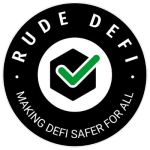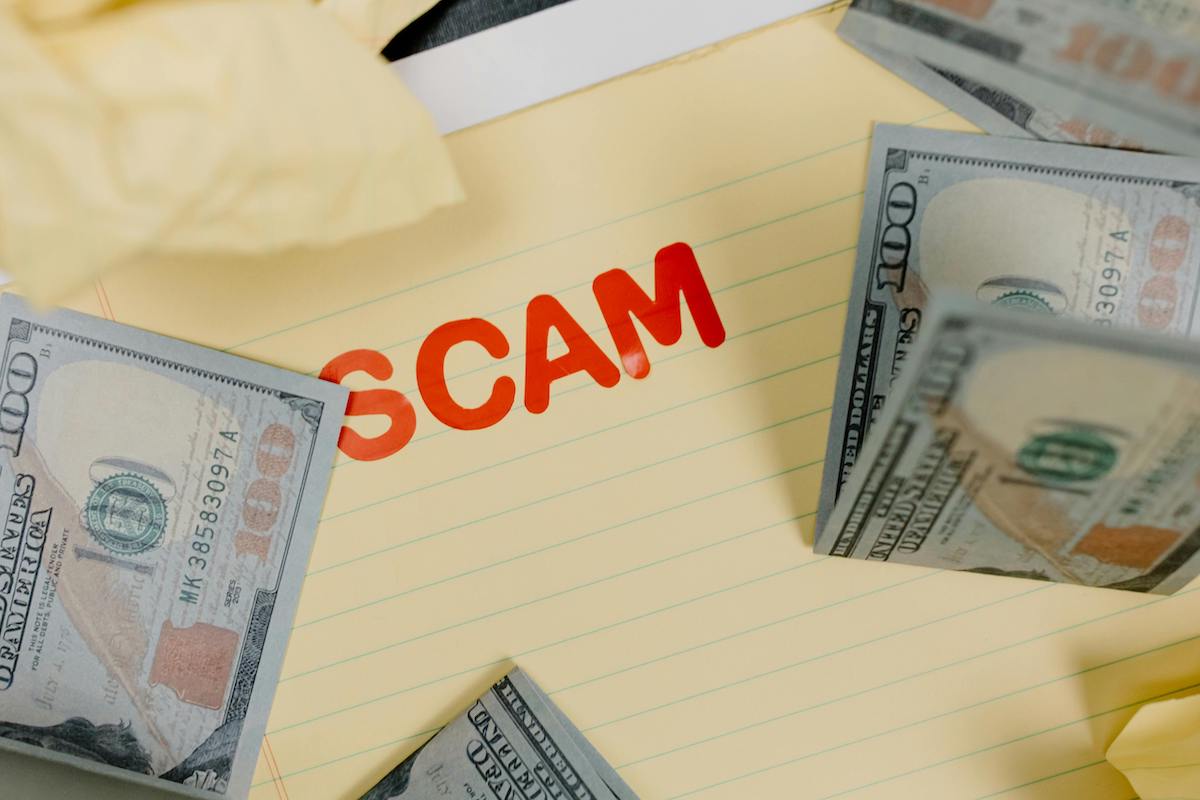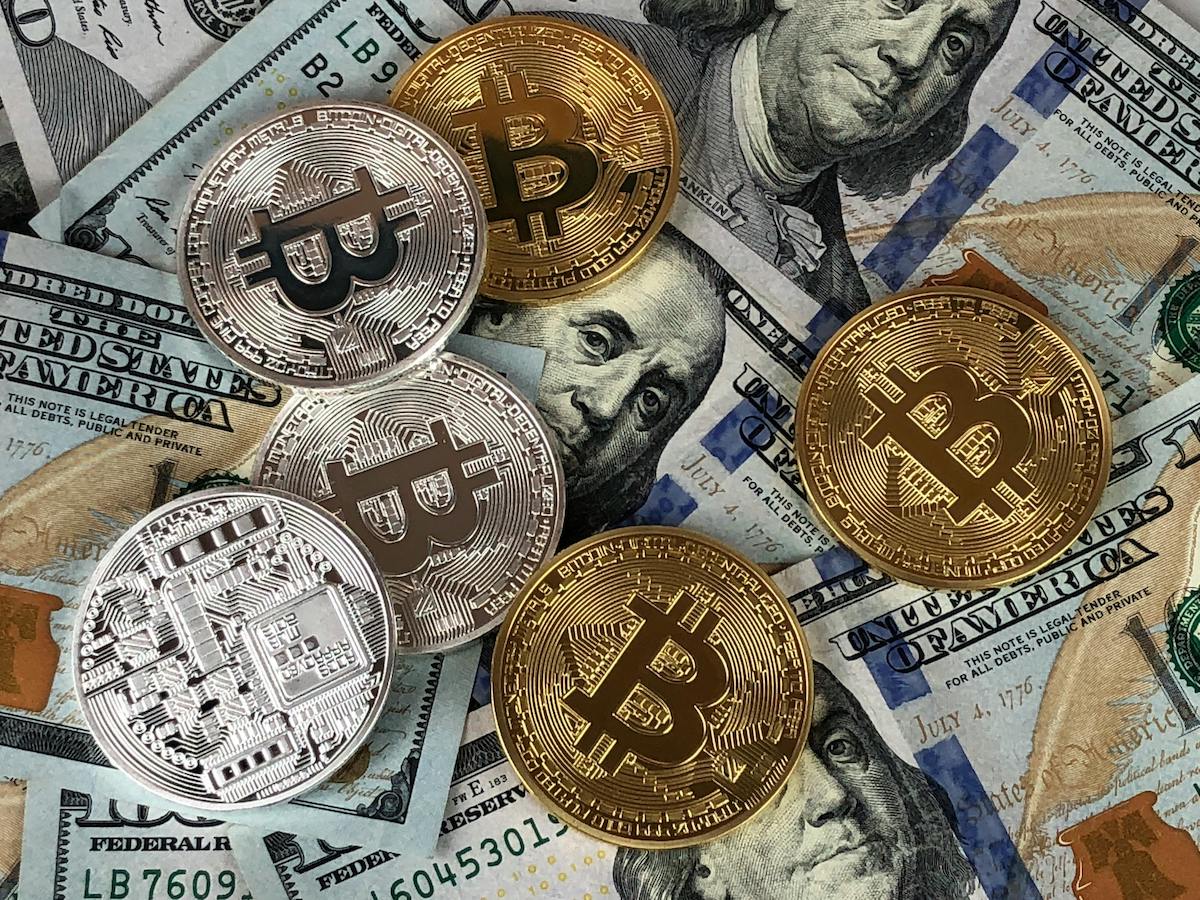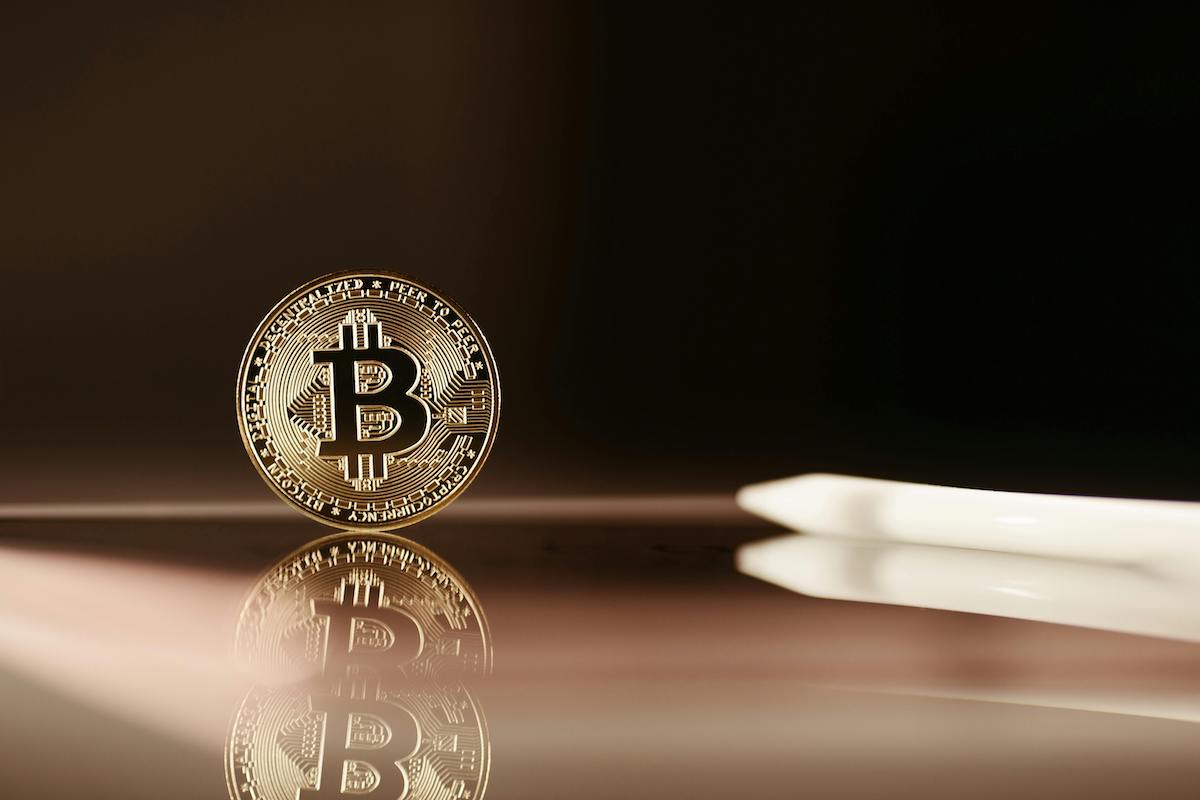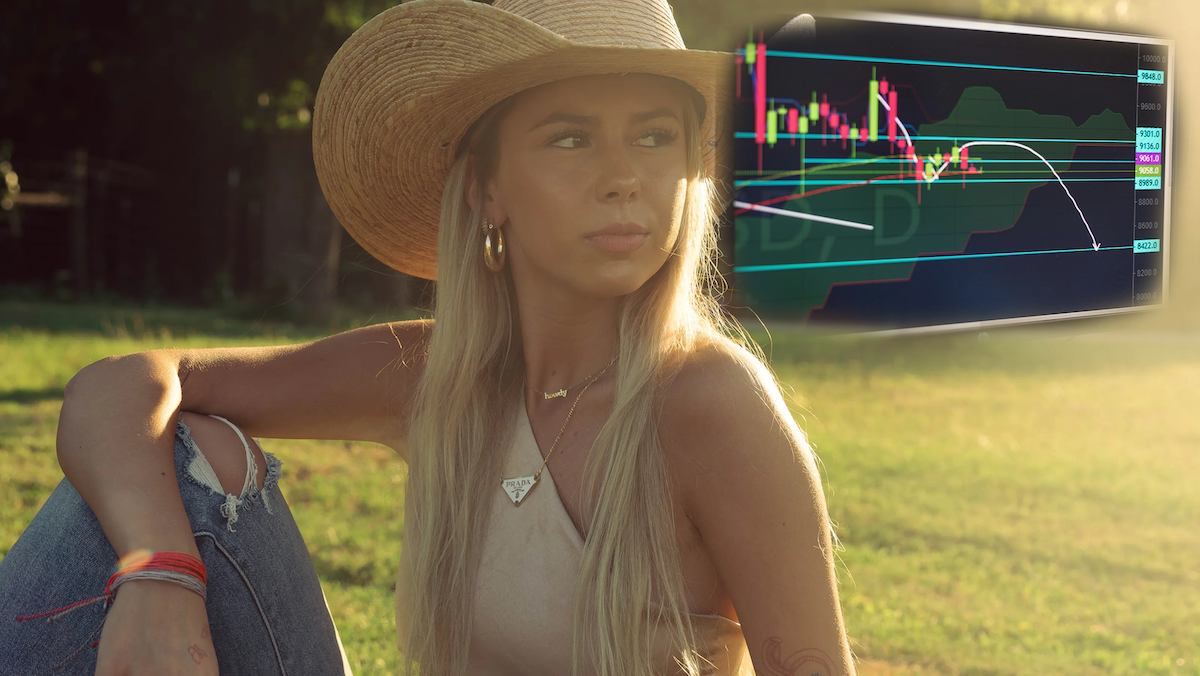The rise of Decentralized Finance (DeFi) has transformed the way we think about finance, enabling peer-to-peer transactions, lending, and yield farming without intermediaries like banks or brokers. However, with these exciting opportunities come new risks — and one of the most notorious threats to investors in the DeFi space is the rug pull.
A rug pull occurs when developers or malicious actors behind a DeFi project withdraw all the liquidity or funds from a liquidity pool or smart contract, leaving investors with worthless tokens. These scams are often well-executed and can cause significant financial losses, making it crucial for investors to be vigilant.
In this blog post, we’ll walk through how to spot the red flags of a rug pull before it happens, the steps to protect yourself, and tips for making informed decisions in the fast-paced world of DeFi.
What Is a Rug Pull?
A rug pull in DeFi refers to a type of scam where the developers behind a project abruptly withdraw liquidity or funds from the project’s pool, leaving investors with worthless tokens. These scams often happen in new and unproven projects that are promoted with enticing promises of high returns.
Rug pulls can occur in various forms:
- Liquidity Rug Pull: The creators remove liquidity from a decentralized exchange (DEX) pool, making the token or coin illiquid and causing its price to collapse.
- Smart Contract Rug Pull: The code behind a decentralized project is maliciously designed to allow the developers to withdraw funds at will.
- Team Wallet Rug Pull: Developers sell off their holdings en masse, causing the price of the token to crash.
While the term “rug pull” is most commonly associated with DeFi projects, it can occur in any sector where liquidity is decentralized and users are not fully aware of the risks.
Red Flags of a Potential Rug Pull
Knowing the warning signs of a rug pull can help you avoid falling victim to this type of scam. Here are some common red flags to watch out for:
a. Lack of Transparency or Anonymity of Developers
One of the most significant indicators of a potential rug pull is when the team behind a project is anonymous or lacks a credible online presence. Many DeFi projects are backed by anonymous teams, which may raise red flags about the project’s legitimacy. However, many reputable projects still have anonymous teams but are transparent about their actions and codes.
Look for the following:
- No team or developer information on the project’s website, social media, or whitepaper.
- Unverifiable backgrounds for the project’s creators.
- Absence of GitHub repositories or open-source code for decentralized protocols.
While some projects are designed to maintain privacy, a complete lack of transparency should raise concern.
b. Promises of Unrealistic Returns
High-yield farming and staking rewards are one of the attractive aspects of DeFi, but unrealistically high returns — often higher than what other projects are offering — are a classic red flag. Be cautious of projects promising excessively high returns in a short period, especially if they offer rewards without clear mechanisms or explanations behind them.
A legitimate project will have sustainable yield mechanisms and a clear roadmap, while scam projects often rely on marketing hype to lure in unsuspecting investors.
c. Lack of Audits
Smart contract audits are critical for identifying vulnerabilities and ensuring the integrity of a DeFi project. Audited smart contracts are more likely to be secure and reliable, while unverified or unaudited projects carry more risk.
Look for:
- Auditor information such as Certik, Trail of Bits, or Quantstamp — reputable firms that conduct independent audits of DeFi projects.
- Audit reports made publicly available to show transparency.
If a project claims to be audited but cannot provide an independent audit report, or the audit is from an unknown or dubious source, this is a major red flag.
d. Suspicious Tokenomics
The tokenomics of a project refers to how the tokens are distributed and how much control the team holds over the supply. In many cases of rug pulls, the developers retain a significant portion of the tokens (often called a “developer wallet” or “team allocation”), which they can sell off once the project gains traction, causing the price to plummet.
Watch for:
- A large portion of tokens allocated to the development team or a small group of individuals.
- No vesting period for the team or developers, which means they can sell their tokens immediately after the launch.
- Insufficient liquidity in the project’s token pool, or liquidity that’s locked for only a short time.
Ideally, liquidity should be locked for an extended period, ensuring that developers can’t remove it quickly. Sites like Unicrypt or Team Finance allow users to check whether liquidity has been locked and for how long.
e. Low Liquidity or Manipulated Trading Volumes
Before investing in a DeFi project, check its liquidity pools and trading volume on decentralized exchanges (DEXs) like Uniswap or PancakeSwap. A common trait of rug pulls is artificially inflated trading volumes or liquidity pools that are small and easy to manipulate.
Signs of low liquidity include:
- Wide price slippage on trades, meaning you’ll receive much less than you expect when buying or selling.
- Token liquidity not locked or liquidity that can be easily removed.
- Trading volume that doesn’t match the project’s marketing hype.
If the liquidity pool is small and easily manipulated, the developers can quickly drain it when the price reaches a level that benefits them.
f. Excessive Marketing and FOMO
Another common tactic in rug pull scams is an over-the-top marketing campaign designed to create a sense of urgency and Fear of Missing Out (FOMO). If you notice aggressive social media campaigns promising quick profits or an influx of unrealistic testimonials, be cautious.
Red flags include:
- Pressure to buy quickly without due diligence (e.g., “Hurry, only 24 hours left to invest!”).
- Spammed messages or social media posts promoting the token with vague or misleading information.
- Fake endorsements from influencers who may be paid to promote the project.
A legitimate project will not need to resort to such aggressive tactics, and it will encourage potential investors to research before investing.
How to Protect Yourself from Rug Pulls
Even with red flags, some rug pulls can still happen undetected until it’s too late. Here are a few steps you can take to reduce your exposure to this risk:
- Do Your Own Research (DYOR): Never invest blindly in a project, even if it’s trending. Investigate the team, their background, the tokenomics, the project’s roadmap, and its community.
- Start Small: Never invest more than you can afford to lose, especially in new projects. Rug pulls often target inexperienced investors, so it’s smart to start with a small, diversified position.
- Use Reputable Platforms: Stick to well-known DeFi platforms and protocols with proven track records. Avoid projects on obscure or unverified exchanges.
- Check for Smart Contract Audits: As mentioned, ensure the project has been independently audited by reputable firms.
- Monitor Liquidity Locks: Use platforms like Unicrypt or RugDoc to check whether liquidity is locked and for how long.
Conclusion: Stay Safe in DeFi
DeFi presents exciting opportunities for decentralized financial products and services, but it’s essential to stay vigilant and avoid the pitfalls of scams like rug pulls. By following the tips outlined above, such as performing thorough research, checking for liquidity locks, and looking for transparency, you can reduce your risk and make smarter investment choices.
As the DeFi ecosystem grows, more sophisticated scams will likely emerge, but staying informed and cautious is your best defense against losing your hard-earned funds. By educating yourself and staying aware of the warning signs, you can confidently navigate the world of decentralized finance while minimizing your exposure to rug pulls.
